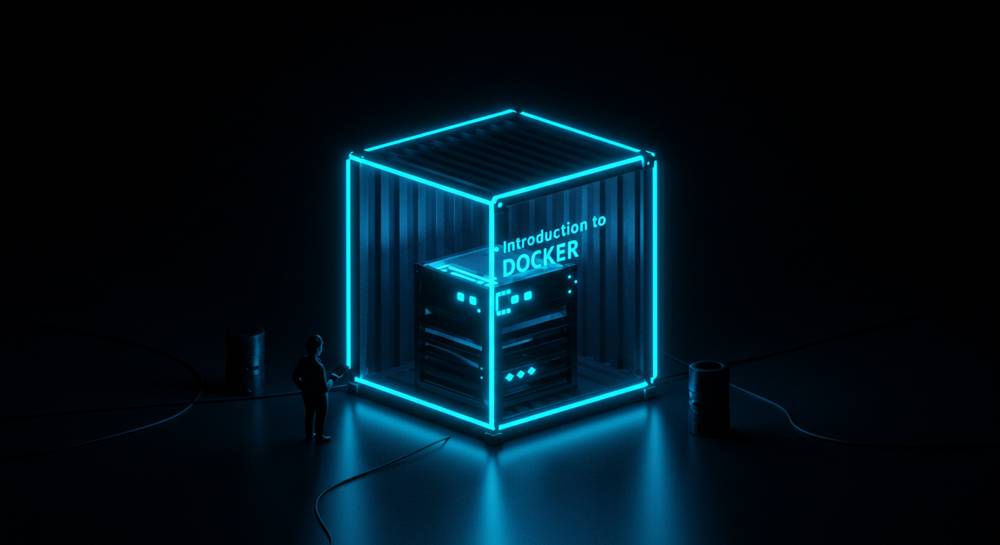Welcome to the world of Docker! In this article, you can get comprehensive training on containerization, which has become an essential skill for developers in today’s technology landscape. Docker simplifies the deployment of applications by packaging them into containers, ensuring consistency across various environments. This tutorial is designed for intermediate and professional developers who wish to deepen their understanding of Docker and its applications.
In the ever-evolving landscape of software development, containerization has emerged as a pivotal technology, revolutionizing how applications are built, shipped, and deployed. Docker stands at the forefront of this movement, providing developers with a powerful platform to create lightweight, portable, and self-sufficient containers. This article serves as a preliminary introduction to Docker while outlining a comprehensive tutorial that will equip you with the knowledge and skills to harness its full potential.
Throughout this article, we will delve into a range of topics that will enable you to understand and effectively use Docker in your development workflow. Whether you're looking to streamline your application deployment process or improve collaboration among development teams, Docker has something to offer.
Overview of Docker
Docker is an open-source platform that automates the deployment of applications inside software containers. Containers package an application and its dependencies into a single unit, ensuring that it runs reliably across different computing environments. This approach eliminates the well-known "it works on my machine" problem, allowing developers to focus on building great software without getting bogged down by environmental inconsistencies.
Key Topics
In this article, we will explore the following main topics:
- Getting Started with Docker: A step-by-step guide on installing Docker on various operating systems, setting up your first container, and understanding the Docker architecture.
- Docker Images and Containers: We will delve into the concepts of Docker images and containers, discussing how to create, manage, and optimize them for your applications.
- Docker Volumes: An exploration of Docker volumes, which are used to persist data generated by and used by Docker containers. We will cover how to create, manage, and utilize volumes effectively to ensure data integrity and persistence.
- Networking in Docker: An overview of Docker networking, including how to connect containers and expose services to external networks.
- Docker Compose: Learn how to use Docker Compose for defining and running multi-container applications, simplifying the orchestration of complex services.
- Best Practices for Docker Development: Tips and strategies for optimizing your Docker workflow, including efficient image management and security considerations.
- Real-World Use Cases: We will examine several case studies showcasing how organizations have successfully implemented Docker to improve their development processes.
The Importance of Containerization
Containerization has revolutionized the way applications are developed, tested, and deployed. Here are some of the key benefits:
- Portability: Containers can run on any system that supports Docker, making it easy to move applications between environments like development, staging, and production.
- Scalability: Docker allows for easy scaling of applications by deploying multiple containers, which can be orchestrated using tools like Kubernetes.
- Isolation: Each container operates independently, ensuring that applications do not interfere with each other’s performance.
Understanding Containers vs. Virtual Machines
Before diving into the mechanics of Docker, it's essential to understand how containers differ from traditional virtual machines (VMs). A VM runs an entire operating system on top of a hypervisor, including the underlying hardware abstraction layer. This means that VMs can be resource-heavy and slow to start.
In contrast, containers share the host operating system’s kernel while isolating the application and its dependencies. This leads to significantly lower overhead, faster startup times, and better resource utilization. For example, while a VM might take several minutes to boot up, a Docker container can start in seconds.
Summary
Docker has fundamentally changed the way developers approach application deployment and management. By containerizing applications, developers can ensure consistency across different environments, simplify scaling, and streamline the development process. In this tutorial, you learned how to get started with Docker, create custom images, and manage multi-container applications using Docker Compose. With these skills in hand, you're well on your way to leveraging the full potential of containerization in your projects.
Last Update: 19 Dec, 2024

